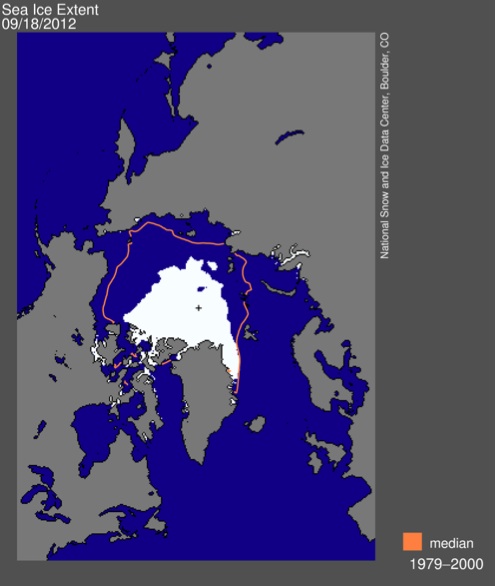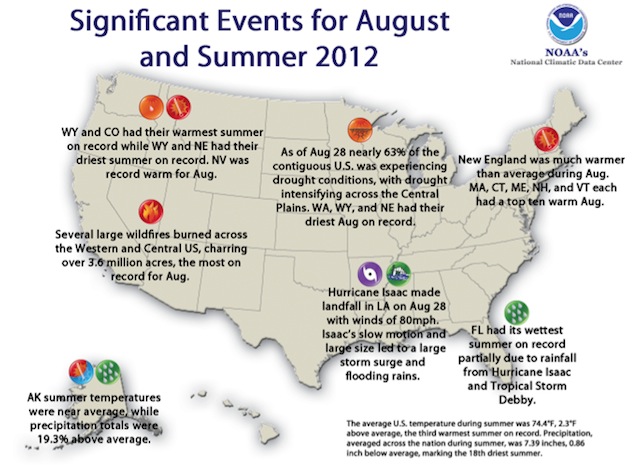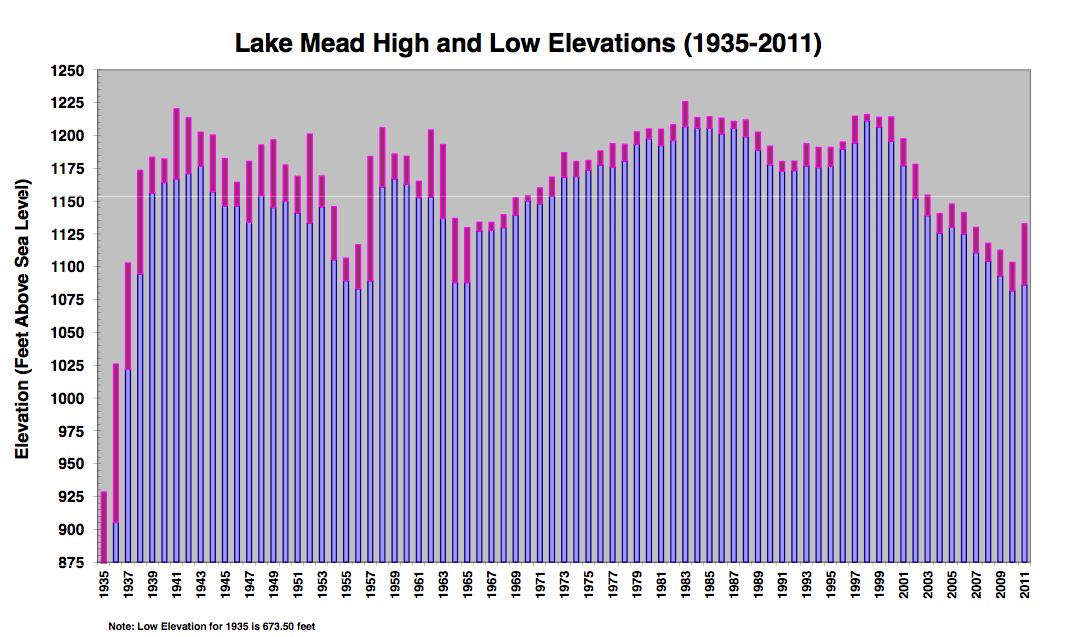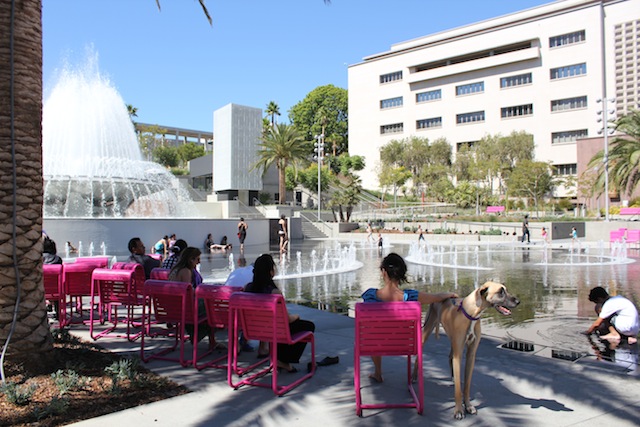Cadiz campaign donations likely impacted San Bernardino County groundwater ordinance
Posted on | October 1, 2012 | No Comments

Click to enlarge this sample from the campaign donation filings for San Bernardino County Supervisor Brad Mitzelfelt.
UPDATED 10/3/2012: Monday October 1st, gathering in special session, San Bernardino County Supervisors voted 4-1 to in effect waive the county’s groundwater ordinance in favor of allowing private water speculator Cadiz, Inc to self-monitor massive water exports from the Mojave.
Why would San Bernardino County, in the words of Cadiz opponent and former assistant county administrator John Goss, “bind itself to the terms of the memorandum of understanding without approving the very management plan it is then bound to adopt and implement”?
In a word, money. After the jump are excerpts from 16 years of newspaper reports on how Cadiz has paid to play, a tactic that in one of its wilder moments landed Cadiz chief executive officer Keith Brackpool and former California governor Gray Davis in the Middle East with the (now deposed) Egyptian president Hosni Mubarak.
For those following Monday’s vote, click here to be taken to San Bernardino County records of supervisor 460 forms. While surfing, do note that the declarations of Supervisor Brad Mitzelfelt, recipient of almost $50,000 in donations, have been prepared not in San Bernardino County, but in Orange County, by Betty Presley & Associates in Rancho Santa Margarita, where the local water district is acting as a quasi-municpal front for the Cadiz bid to export San Bernardino County’s groundwater to Los Angeles and Orange counties.
Looking at what the Riverside Press-Enterprise gives as the total of the stated donations to supervisors, $107,000 since 2007, you have to hand it to British-born Cadiz CEO Keith Brackpool. The scion of London’s “gin-and-jag” belt has made one of the best deals since Manhattan was supposedly traded for beads. Not that the Mojave groundwater doesn’t more than earn its keep left in the desert aquifer, but the market value of the supply targeted by Cadiz over the next 50 years is estimated in excess of $1.8bn. San Bernardino County supervisors have sold out the health and prosperity of the land around the Mojave National Preserve for an amount that might not even cover a down payment on a doublewide. Click here to keep reading
Arctic sea ice at record seasonal low
Posted on | September 19, 2012 | No Comments

“Arctic sea ice appeared to have reached its minimum extent for the year of 3.41 million square kilometers (1.32 million square miles),” reported the National Snow and Ice Data Center today. “This is the lowest seasonal minimum extent in the satellite record since 1979 and reinforces the long-term downward trend in Arctic ice extent.” To read the press release, click here.
If you haven’t already removed pointless lawn and made other simple, immediately effective conservation changes in and around your home, this is yet another sobering cue. To regular readers of Chance of Rain, apologies for scant posts. I have been on assignment and will resume more regular posting in October. – Emily Green
Third hottest summer since 1895
Posted on | September 10, 2012 | No Comments

“The average temperature for the contiguous U.S. during August was 74.4°F, 1.6°F above the long term average, marking the 16th warmest August on record,” reported the National Oceanic and Atmospheric Administration today. “The warmer than average August, in combination with the hottest July and a warmer than average June, contributed to the third hottest summer on record since recordkeeping began in 1895.” Click on the map to be taken to the August 2012 report from NOAA’s State of the Climate page.
High good, low bad: Mead in August 2012
Posted on | September 2, 2012 | No Comments
 Lake Mead, the largest storage reservoir in the US, closed August 31st at midnight at 1,116.58 feet, or roughly 51% full, according to the federal Bureau of Reclamation. Meanwhile, the reservoir’s source, the Colorado River “system” (meaning combined storage and manipulated flow), was assessed as 58% full. While those figures go up in years with good northern snowpack, and down in years when it’s lousy, the general trend recently has been down.
Lake Mead, the largest storage reservoir in the US, closed August 31st at midnight at 1,116.58 feet, or roughly 51% full, according to the federal Bureau of Reclamation. Meanwhile, the reservoir’s source, the Colorado River “system” (meaning combined storage and manipulated flow), was assessed as 58% full. While those figures go up in years with good northern snowpack, and down in years when it’s lousy, the general trend recently has been down.
 Whether you see the river as half empty or half full depends on a number of things, not least whether or not you rely on it and the seniority of your state’s claim.
Whether you see the river as half empty or half full depends on a number of things, not least whether or not you rely on it and the seniority of your state’s claim.
One obvious adaptation to deal with dwindling reserves would be to renegotiate the allocations that followed the Colorado Compact of 1922. While resistance from well endowed states such as California make it more likely that Occupy will be given a cabinet seat, in an opinion piece in the Salt Lake Tribune, the general manager of the Tarrant Regional Water District in Fort Worth, Texas, sees just about every major compact in the West under threat. Unless the Supreme Court agrees to review Tarrant Regional Water District v. Herrmann, James Oliver argues, compliance with 26 inter-state water-sharing compacts could become voluntary. If that happens, upstream states such as Colorado and Wyoming might rethink their generosity with the Southwest. However, because the Colorado River’s major dams and reservoirs are managed by the federal Bureau of Reclamation, if any Colorado Compact states did decide to cut up rough, the action would no doubt be in courts and not on the river. But it’s an interesting case. Hat tip to Chris Austin at Aquafornia for highlighting it.
*This post has been updated.
Splash pool and lawns in downtown L.A.
Posted on | August 28, 2012 | 2 Comments

1966 fountain designed by Burbank engineer J.S. (Sam) Hamel with new splash pad at the new “Grand Park,” formerly known as LA Civic Center Mall, August 26, 2012. Photo: Emily Green
The unveiling of two refurbished open spaces in downtown Los Angeles last month offered a glimpse of boosterism at its most canny. The message: Recession? What recession? LA’s blooming. Trendy loft dwellers, walk your dogs and, while you’re at it, whip out your smart phones and call your dog-owning suburban friends to come buy more lofts. Density is in, the hissing of suburban lawns is out.
Given how hard it is to get any outdoor space committed to public use in Los Angeles, the places formerly known as Civic Center Mall and the City Hall south lawn deserve respect. But are their buffed up versions any good? If so, are they as good as they should be? What is their conservation profile? The people hyping them call both places “parks.” Are they? What’s with the streets running through one? Click here to keep reading
« go back — keep looking »

